We already explained that the hardness of pads is enormously important in the practical article “Rescuing a Gainward RTX 2080 Ti Phoenix GS – Replacing thermal pads correctly“. There I refer to the value defined as Shore A, which is based on a standardized measurement procedure. However, the fact is that there are different Shore measurements here, which are also subject to different procedures depending on the hardness. Depending on the pad supplier or OEM, you will then find mostly confusing information in the data sheets.
The problem is that a high Shore value actually also indicates a high hardness. In principle, this is also completely correct, but it only really works plausibly within a measurement procedure. For example, a pad from Arctic has a Shore A value of 25, which is still a very high 76 at Shore 00. If this information is missing from the Shore data, the information content is zero. In order to give you a rough orientation, I have selected a comparison table (SpanSet secutex) with the different Shore methods for you, which at least allows a rough reference point:
I will also continue to prefer to work with Shore A because it most closely encompasses the range of pads we use most often. Here I have the comparison values once in a separate table, which we also saw yesterday in the practice article:
I’d be grateful for any further advice or suggestions, so that I can perhaps publish a more in-depth article. However, I didn’t want to go into too much depth today, as the problem already seems to be quite complex for outsiders. The important thing is that with the help of both tables you can already classify each pad well. If the provider communicates these values at all. I also wouldn’t buy a pad without a shore value. Why this is really important has already been well explained in the article.













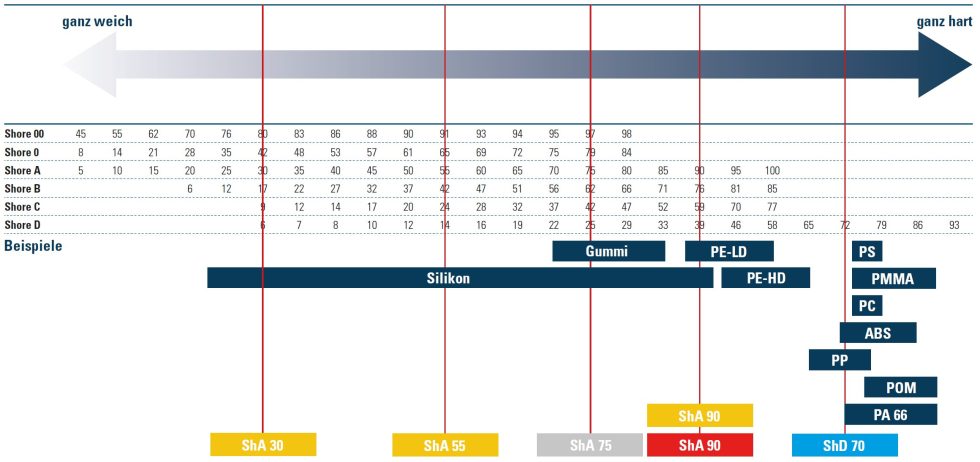
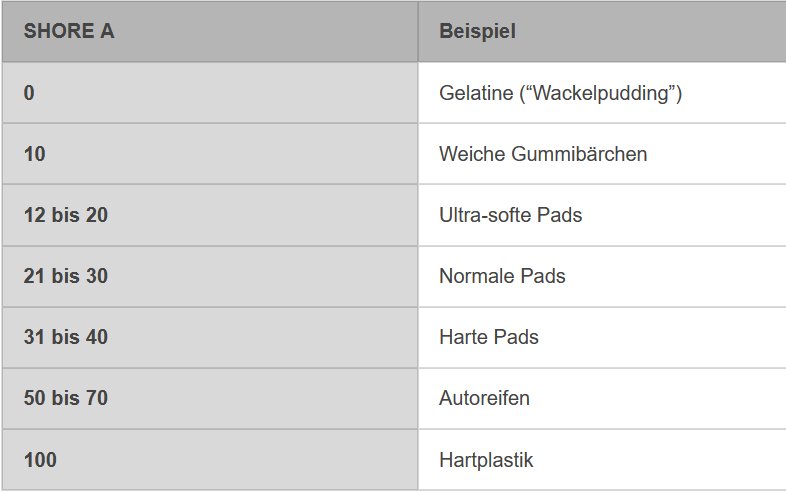







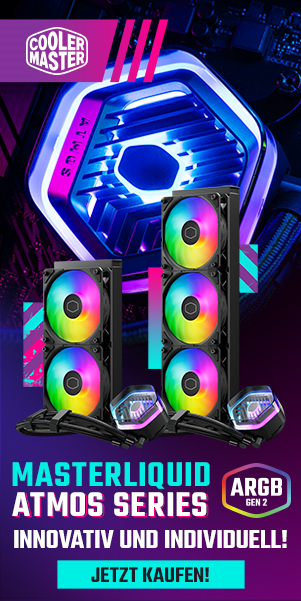



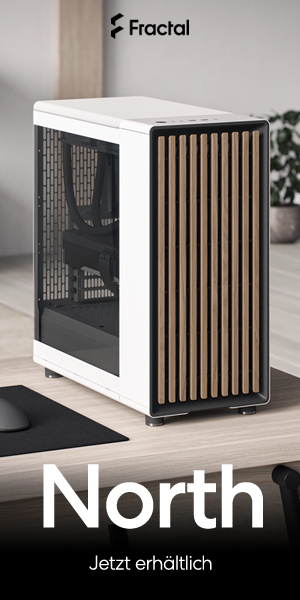



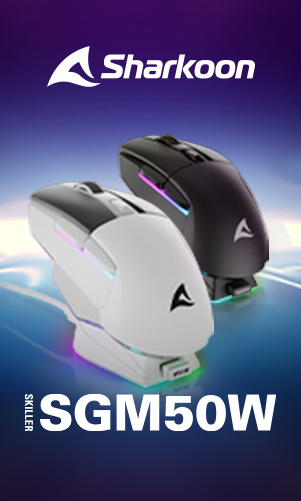
14 Antworten
Kommentar
Lade neue Kommentare
Urgestein
Urgestein
Urgestein
Urgestein
Mitglied
Veteran
Mitglied
1
Urgestein
Urgestein
Urgestein
Veteran
Alle Kommentare lesen unter igor´sLAB Community →